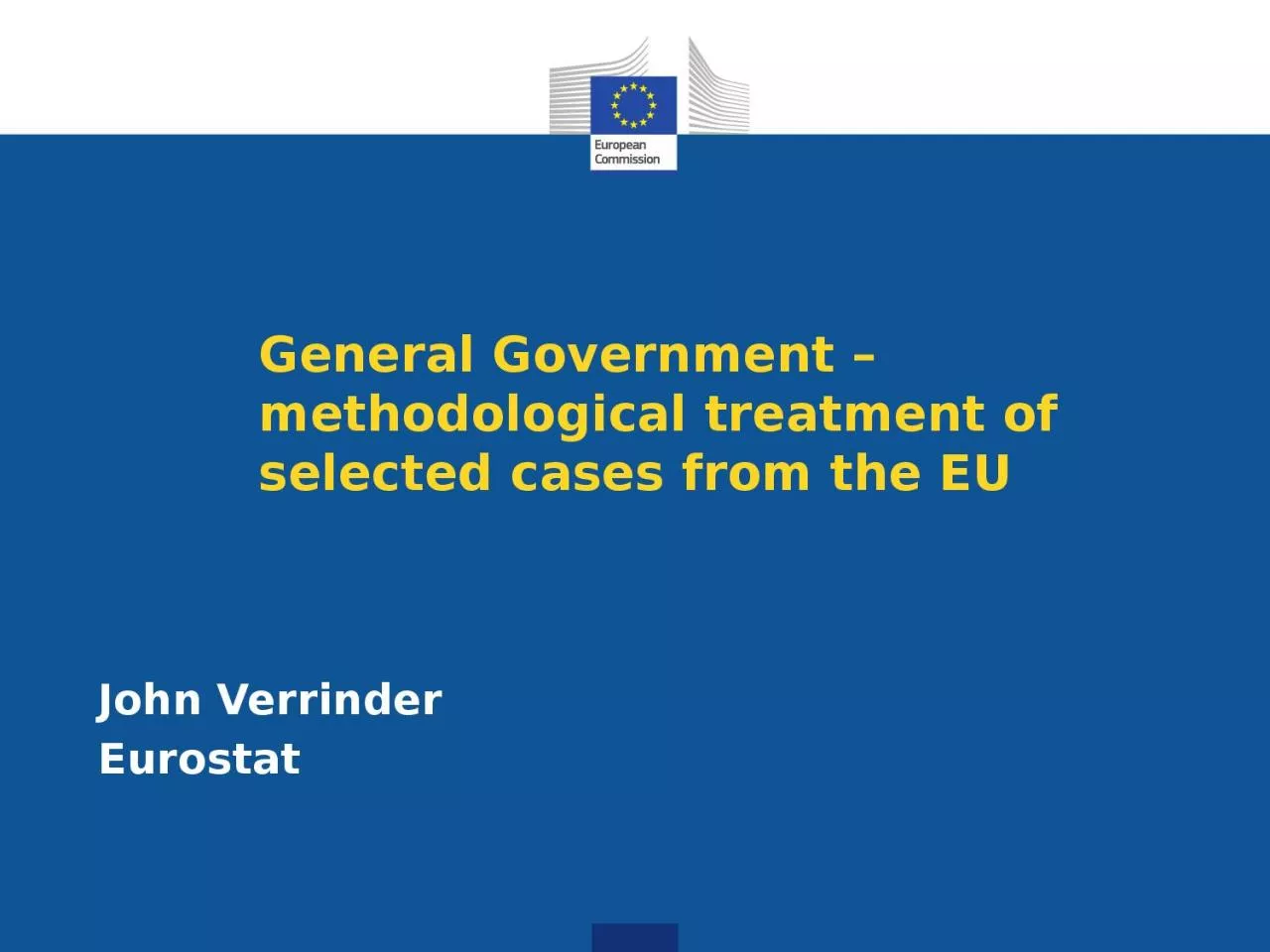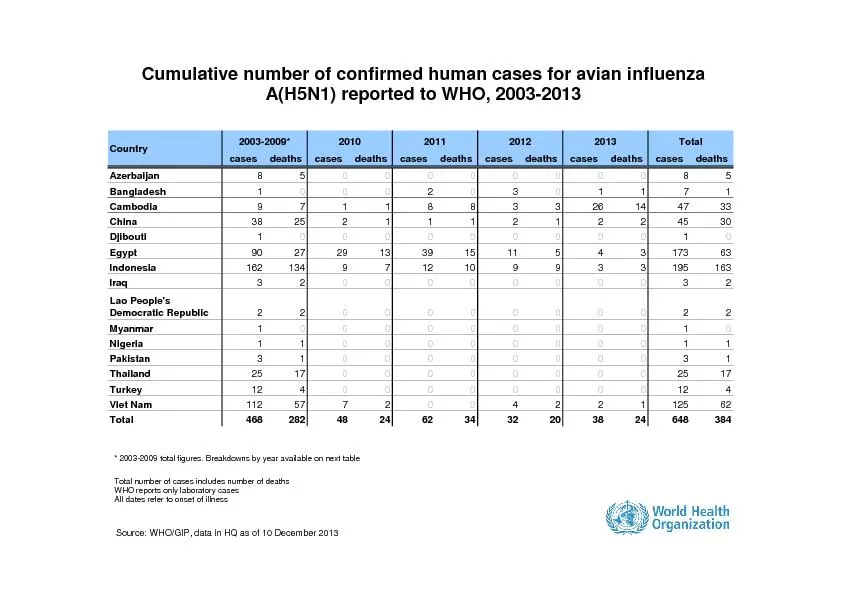PPT-General Government – methodological treatment of selected cases from the EU
Author : cecilia | Published Date : 2023-10-31
John Verrinder Eurostat The European System of Accounts ESA 2010 The methodological basis for government finance statistics Based on SNA 2008 as is the IMF GFS Manual
Presentation Embed Code
Download Presentation
Download Presentation The PPT/PDF document "General Government – methodological tr..." is the property of its rightful owner. Permission is granted to download and print the materials on this website for personal, non-commercial use only, and to display it on your personal computer provided you do not modify the materials and that you retain all copyright notices contained in the materials. By downloading content from our website, you accept the terms of this agreement.
General Government – methodological treatment of selected cases from the EU: Transcript
Download Rules Of Document
"General Government – methodological treatment of selected cases from the EU"The content belongs to its owner. You may download and print it for personal use, without modification, and keep all copyright notices. By downloading, you agree to these terms.
Related Documents














